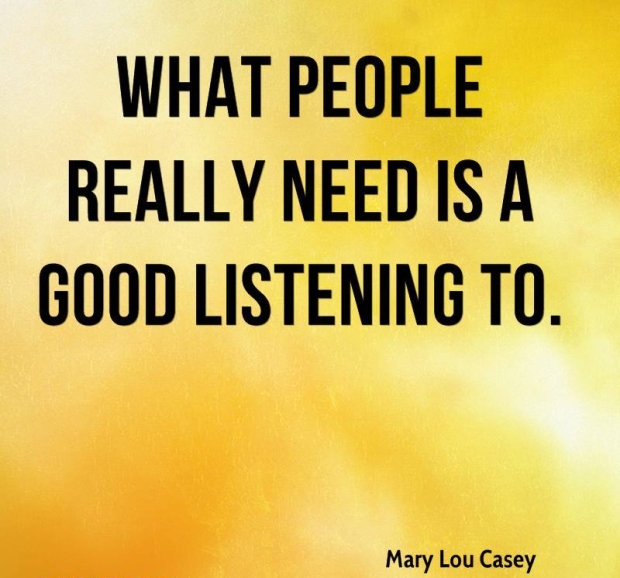Overshooting and undershooting are useful reflection techniques where statements can be offered back to the client for more personal exploration on a particular topic. As I mentioned above, these techniques can be particularly helpful when there is emotional content involved. There are so many ways we can describe emotion, and for each emotion, there are so many ways we can describe the intensity. For example, Miller and Rollnick talk about the word “anger” and the low intensity words like “annoyed” and “irritated” and high intensity words such as “outraged” and “furious.” These intensity words can also be diminished by adding words such as “a little” or “a bit” or amplified by adding “very” or “extremely.”
Typically, if you reflect back to the client by overshooting an emotion expressed, the client will usually deny or minimize what they shared and will back pedal on their original statement. For example, see the exchange below between the clinician and client offered by Miller and Rollnick:
Overshooting:
Client: I just don’t like the way she comments on how I raise my children.
Clinician: You’re really furious with your mother.
Client: Well no, not that angry, really. She’s my mother, after all.
And if you undershoot an emotion expressed by a client, the typical response is for them to continue exploring and sharing about their experiences. So the rule of thumb is if you want the client to continue telling you more about their experiences, to undershoot an emotion expressed by them. An example of this by Miller and Rollnick is below:
Client: I just don’t like the way she comments on how I raise my children.
Clinician: You’re a bit annoyed with your mother.
Client: I’ll say! It just irritates me how she is always correcting and criticizing me.
In the overshooting example, you can see how the client minimizes the experience and where there is unlikely to be much more exploration (this reflection technique, however, can be useful when a client wants to maintain a particular behavior and will be explored in a future blog).
In the undershooting example, you can see how the reflection technique will continue the exploration by the client. Since the conversation will continue, the clinician is likely to hear more emotion from the client and specific examples of how the mother corrects and criticizes the client (and this will help the clinician in guiding the client to perhaps look at specific behaviors the client may want to address with the mother).
Again, overshooting and undershooting are reflection techniques designed to continue the exploration by the client. These reflection techniques can be particularly useful when there is emotional content involved. And as a general guideline, any reflection (including overshooting and undershooting) should not be longer that the statement made by the client. It should be short and simple and attempting to understand what the client is wanting to communicate. Next month, we will continue to focus on listening with a particular emphasis on depth and direction of our reflections back to the client. I hope you all have a great month and have opportunities to use and practice Motivational Interviewing!

For more information about Motivational Interviewing or related services, contact Steve Bradley-Bull, LPC, by phone, (919) 812-9203, or by email, unc.cfar.mi@gmail.com.
